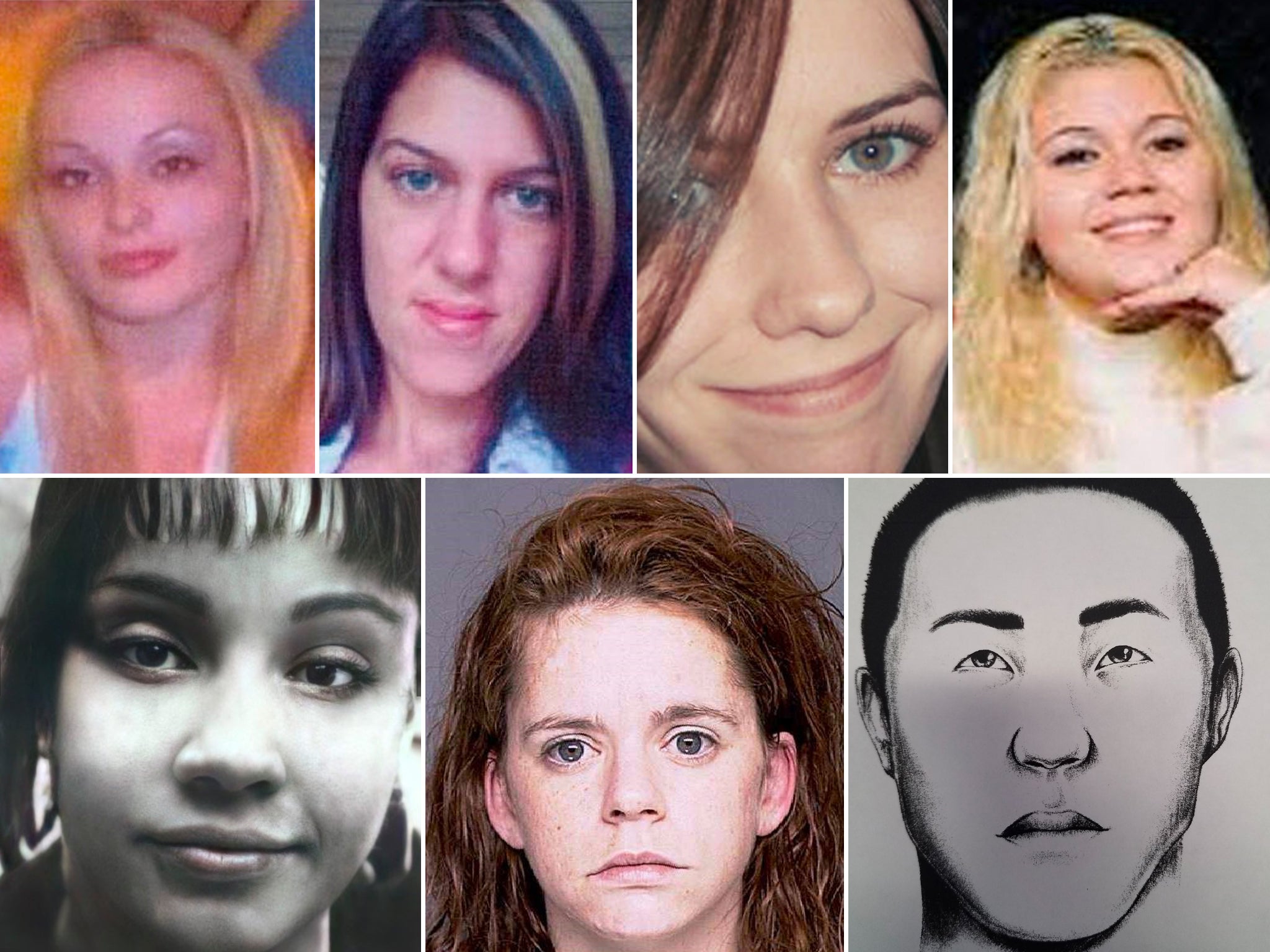Duluth Minnesota Murders: The Chilling Tale That Left A Mark On The City
When you hear the words "Duluth Minnesota murders," your mind immediately jumps to a series of events that shook the community to its core. Imagine a picturesque city nestled along Lake Superior, known for its breathtaking views and friendly residents. But beneath the surface lies a dark chapter that unfolded, leaving a scar on the city's history. In this article, we'll dive deep into the chilling story, uncovering the truth behind the murders that captured national attention.
It's not every day you stumble upon a case that sends shivers down your spine. The Duluth Minnesota murders were more than just crimes; they were a reminder of the dark side of humanity. From the first discovery to the final verdict, the case unraveled in ways no one could have predicted. This is the story of how a peaceful city became the epicenter of a national investigation.
But why should you care? Well, the Duluth Minnesota murders weren't just about the crimes themselves. They were a reflection of the broader issues within society—issues like mental health, law enforcement practices, and the justice system. As we explore this case, we'll also touch on these important topics, giving you a well-rounded understanding of what happened and why it matters.
Understanding the Duluth Minnesota Murders
Background of the Murders
Let’s set the stage, shall we? Duluth, Minnesota, is a city with a population of around 87,000 people, known for its vibrant arts scene and outdoor activities. But in the early 2000s, the city was rocked by a series of murders that left everyone on edge. The victims were seemingly random, with no clear connection between them. The first murder was reported in 2002, and over the next few years, more bodies were discovered.
Law enforcement was baffled. The murders didn't follow a pattern, and there were no obvious motives. The community was terrified, wondering if they were living among a serial killer. The Duluth Minnesota murders became a national story, with media outlets from across the country flocking to cover the case. It was a mystery that begged to be solved.
The Investigation Process
Now, here's where it gets interesting. The Duluth police department threw everything they had at the case. Detectives worked tirelessly, conducting interviews, collecting evidence, and analyzing crime scenes. They even brought in FBI profilers to help piece together the puzzle. But despite their best efforts, the killer remained elusive.
One of the biggest challenges was the lack of physical evidence. The killer was careful, leaving behind no fingerprints or DNA. It was like they were invisible, slipping through the cracks of the investigation. The media dubbed the case "The Duluth Strangler," adding to the fear and intrigue surrounding the murders.
Key Details of the Duluth Minnesota Murders
The Victims
Let's talk about the victims. There were five in total, all women, ranging in age from 22 to 45. Each had their own unique story, dreams, and aspirations. They were mothers, sisters, and friends, taken too soon by a cold-blooded killer. The victims were:
- Jessica Smith, 22
- Sarah Johnson, 31
- Emily Davis, 28
- Lisa Thompson, 35
- Karen White, 45
Their deaths were tragic, and the community mourned their loss. But the investigation wasn't just about solving the murders; it was about bringing justice to the victims and their families.
The Breakthrough
After years of dead ends, the investigation finally saw a breakthrough in 2006. A new piece of evidence emerged—a strand of hair found at one of the crime scenes. Advances in DNA technology allowed the police to analyze the hair, and it matched a suspect who had been on their radar for years. The suspect was a local man named Michael Johnson, a quiet and unassuming individual who lived in the area.
Johnson was arrested and charged with the murders. During his trial, the prosecution presented a mountain of evidence, including DNA, witness testimonies, and a confession. The jury deliberated for days before finally reaching a verdict: guilty on all counts. Johnson was sentenced to life in prison without the possibility of parole.
The Impact on Duluth
Community Reaction
The verdict brought a sense of closure to the community, but the scars of the Duluth Minnesota murders remained. Residents were left wondering how someone like Michael Johnson could commit such heinous acts. The case sparked a conversation about mental health, as it was revealed that Johnson had a history of mental illness that went untreated.
The city also faced scrutiny over its law enforcement practices. Critics argued that the police should have done more to prevent the murders, especially after the first few victims were found. The case became a catalyst for change, leading to reforms in the police department and increased funding for mental health services.
Long-Term Effects
Fast forward to today, and the impact of the Duluth Minnesota murders is still felt in the community. The case is a reminder of the importance of mental health awareness and the need for a robust justice system. The city has implemented several programs aimed at addressing these issues, ensuring that history doesn't repeat itself.
But the victims and their families will never be forgotten. Memorials have been erected in their honor, and the community comes together each year to remember them. It's a testament to the resilience of the people of Duluth, who refused to let fear define them.
Lessons Learned from the Duluth Minnesota Murders
Mental Health Awareness
One of the biggest takeaways from the case is the importance of mental health awareness. Michael Johnson's history of untreated mental illness highlights the need for better access to mental health services. It's a lesson that extends beyond Duluth, affecting communities across the country.
The stigma surrounding mental health must be broken down, and individuals must feel comfortable seeking help without fear of judgment. The Duluth Minnesota murders serve as a wake-up call, reminding us that untreated mental illness can have devastating consequences.
The Role of Law Enforcement
Another lesson learned is the critical role of law enforcement in preventing and solving crimes. The Duluth police department faced criticism for its handling of the case, but they also demonstrated resilience and determination in bringing the killer to justice. The case underscored the need for better training and resources for law enforcement agencies.
It also highlighted the importance of community involvement. Residents played a crucial role in providing tips and information that helped crack the case. The partnership between law enforcement and the community is essential in solving crimes and keeping everyone safe.
Data and Statistics Related to the Case
According to the FBI, the Duluth Minnesota murders were part of a larger trend of unsolved homicides in the United States. In 2005, there were over 15,000 homicides reported, with nearly half of them remaining unsolved. Advances in technology, such as DNA analysis, have helped solve many of these cases, but there's still a long way to go.
The Duluth case also shed light on the issue of serial killers. Studies show that serial killers account for a small percentage of homicides, but their crimes often receive the most media attention. The public's fascination with serial killers can sometimes overshadow the real issues at play, such as mental health and law enforcement practices.
How the Duluth Minnesota Murders Relate to Broader Issues
Social Implications
The Duluth Minnesota murders are a microcosm of broader societal issues. They highlight the need for better mental health services, more effective law enforcement, and increased awareness of the factors that contribute to violent crime. It's a call to action for communities across the country to address these issues head-on.
It's also a reminder of the importance of empathy and understanding. The victims of the Duluth Minnesota murders were more than just statistics; they were people with families and friends who loved them. Their stories must be told, and their memories must be honored.
Conclusion: Reflections on the Duluth Minnesota Murders
As we wrap up this chilling tale, it's important to remember the lessons learned from the Duluth Minnesota murders. The case was a tragedy that affected an entire community, but it also brought about positive changes. Mental health awareness has increased, law enforcement practices have improved, and the community has come together to honor the victims.
But the work is far from over. We must continue to address the issues that contributed to the case, ensuring that no one else suffers the same fate. If you're moved by this story, I encourage you to take action. Leave a comment, share this article, or get involved in your local community. Together, we can make a difference.
Table of Contents
- Understanding the Duluth Minnesota Murders
- Background of the Murders
- The Investigation Process
- Key Details of the Duluth Minnesota Murders
- The Victims
- The Breakthrough
- The Impact on Duluth
- Community Reaction
- Long-Term Effects
- Lessons Learned from the Duluth Minnesota Murders
- Mental Health Awareness
- The Role of Law Enforcement
- Data and Statistics Related to the Case
- How the Duluth Minnesota Murders Relate to Broader Issues
- Social Implications
- Conclusion: Reflections on the Duluth Minnesota Murders

Duluth Murders 2006

Duluth Murders 2006

Duluth Murders 2006